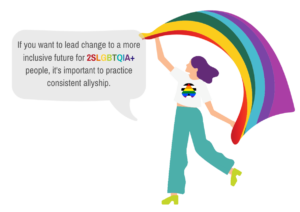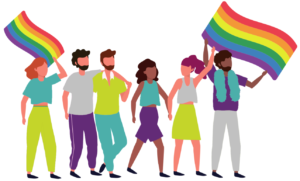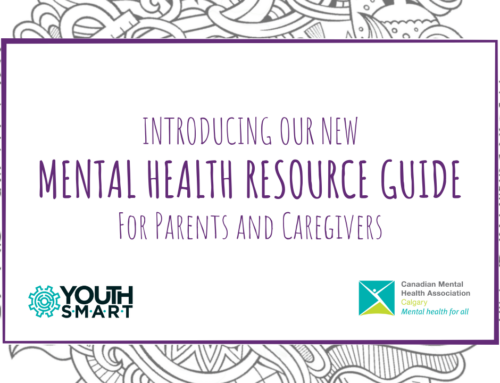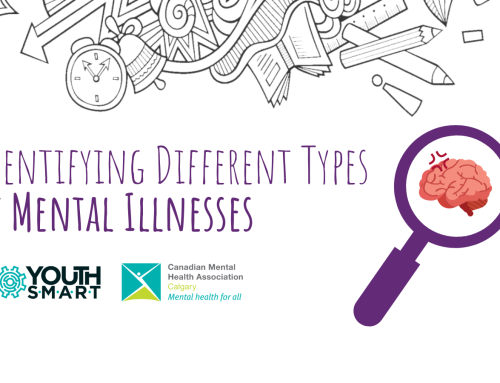June is Pride Month!
Pride Month is dedicated to celebrating and uplifting 2SLGBTQIA+ voices and cultures.
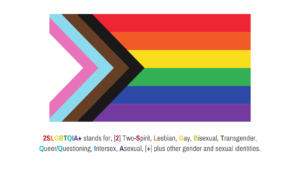
The push for positive social action, change and acceptance for 2SLGBTQIA+ people has been in the works for many years and still continues to be a movement overcoming massive obstacles. However, despite monumental moments in history, there are many people and places around the world that discriminate against and condemn 2SLGBTQIA+ people.
For all people to be accepted, there needs to be kindness and grace in the ways that we act towards each other. Even if you don’t identify as being a part of a particular group, that does not mean they are inferior, or of lower value to you.
During Pride Month, and for all months afterward, practice your allyship towards those identifying as 2SLGBTQIA+.
Practicing Allyship
Not all those who contribute to the social movement of 2SLGBTQIA+ people are directly impacted by it themselves. Some people stand in solidarity because of their passion for human change.¹
As well, not all those who are disrupting change are marching in the streets. Being a part of the solution to end the marginalization of 2SLGBTQIA+ people happens in our homes and in our schools, whether it is responding to discriminatory language, or giving a voice to past experiences of 2SLGBTQIA+ members—we all need to do our own part to reverse the oppressive system that has been placed on 2SLGBTQIA+ people.
If you want to lead the change and envision a better, and more inclusive future for 2SLGBTQIA+ people, please follow some tips around how to practice consistent allyship.²
Listen to the past and current experiences of 2SLGBTQIA+ people
By actively listening and respecting the experiences of someone who has encountered discrimination and inequities based on their sexual orientation and identity, you can learn more about their levels of resiliency and how it has impacted their overall well-being. This can also influence your perception of your own experiences.
Research the past and current experiences of 2SLGBTQIA+ people
While there are opportunities to teach, it is the responsibility of the learner to actively seek, and manage their own learning. By taking the time to do your own dive into the history of the 2SLGBTQIA+ movement, and the people involved, you will have a better and unbiased understanding of why people are involved in making change. Whether it’s through online research, movies, documentaries, books, autobiographies—there are tons of resources about the beginning stages of the 2SLGBTQIA+ movement in Canada, as well as other parts of the world.
Use inclusive language
To make sure everyone feels welcome and respected, practice using inclusive—also known as broad, or not specific—language. For example;
- Instead of calling a group of people, ‘guys’ try using a gender-neutral term such as ‘folks.’
- When referring to someone you don’t know, use ‘they or them’ pronouns, or ask for their personal pronouns.
Remember that everyone makes mistakes and is learning to adjust their language.
Intervene when you witness offensive behaviour or language
Change happens with action. If it’s simply telling someone that what they are doing is wrong, or getting a trusted adult to break up the situation, you can be part of the solution to end bullying against 2SLGBTQIA+ youth. According to the Government of Canada, the rate of discrimination experienced among students who identify as 2SLGBTQIA+ is three times higher than cisgender youth.
The mental health and well-being of 2SLGBTQIA+ youth is severely low, and most times, not properly treated. Factors such as social seclusion from other children, lack of support from family and friends, and feelings of self-hatred boost feelings of depression, anxiety and thoughts of suicide.
Taking a stand can be a small, but powerful act that can influence change, and ultimately save a life.
Challenge policies that exclude, or fail to represent 2SLGBTQIA+ people
Bring attention to policies and practices in your school that lack the presence of 2SLGBTQIA+ people. Ask your teachers if there is a possibility to bring some sort of symbolism of pride which could be as small, but effective as hanging a ‘Safe Zone’ sign within the classroom. For more ideas, please view the 10 Ways to Make Your School More LGBTQ+ Friendly.
Reflect on your allyship intentions
Being a part of the solution to helping others should not be of self-interest, credit or praise. Focusing and connecting with why you’re wanting to put your efforts into helping others will carry you forward with good intentions.
Reflect on your experiences, stereotypes and assumptions of people
Despite your intent, it is possible to hurt another person’s feelings without meaning to. Thinking before speaking and acting can save another person from feeling invalidated about how they feel about themselves. Learning from past experiences will only spark growth for the future.
Remember that love is love, and all human beings should feel validated and proud for how they feel on the outside and the inside.
¹”Envisioning Change and Finding Our Why.” Egale Canada. Accessed June 1, 2021. https://egale.ca/awareness/leading-the-way/
²“Tips on how to practice LGBTQI2S Allyship.” Egale Canada. Accessed June 1, 2021. https://egale.ca/awareness/tips-on-how-to-practice-lgbtqi2s-allyship/
You are not alone. There is help.
If you cannot find someone you trust who is willing to support you, dial a crisis line right away at 403-266-HELP (4357) All crisis lines are confidential.
YouthSMART would like to thank Sagium and Kinsted Wealth for being our 2020 – 2021 website sponsor.

